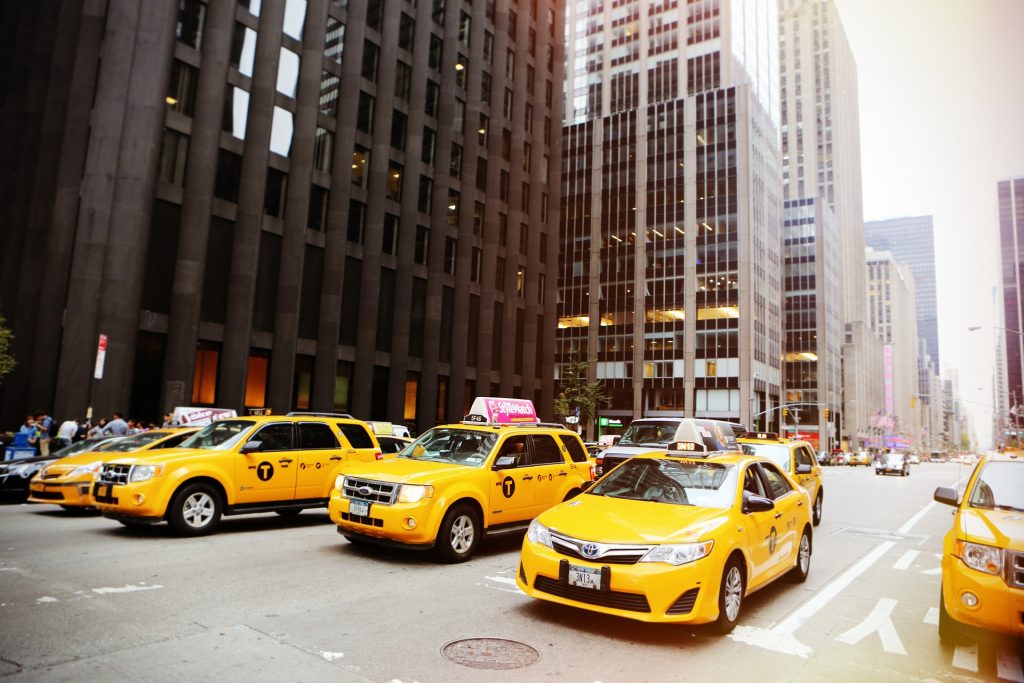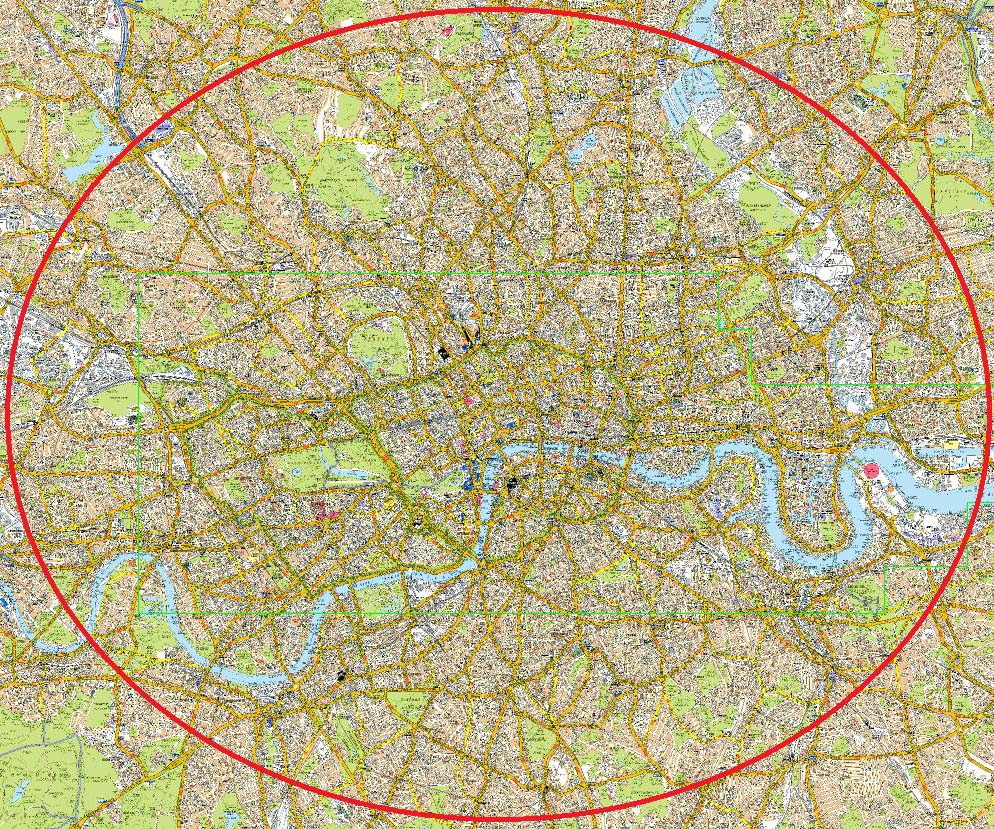
The real reason cab drivers hate Uber
In April this year, traffic stopped around Trafalgar Square and Whitehall in Central London. It’s a familiar sight – London’s black cabs had come to standstill, blocking the roads, in protest against Uber.
The scene’s been repeated across Europe, the US and elsewhere. And it's got a lot to do with how much those guys had to pay to get to where they are.
To become a taxi driver, there are different hurdles and requirements you need to overcome. These artificial complications could be anything from having to purchase an expensive licence, to a qualification that can be obtained only by passing a difficult exam. In economics, they're called 'barriers to entry' – things you have to do before you can do the thing you actually want to do.
Why? Workers and companies in a given industry (like cab drivers) introduce barriers to make it harder for other people to start doing the same job as them, so that they can get more customers and charge higher prices. It comes down to one of the basic theories that underpin a lot of economics – the more there is of something, the less that something is worth.
The problem is, Uber drivers don't have the same barriers, and there are now more Ubers in London and NYC than traditional cab drivers. Which kind of undermines the whole 'competition makes things better and drives down prices' thing for cabbies.
To drive a cab in New York City you would need to buy a licence (the famous ‘medallion’). This licence can be traded and sold to other people, and because there are so few of them, they cost quite a lot.
In London, you can’t buy a licence from another driver, but you do need to pass a difficult exam, called the ‘Knowledge of London’ test. This test was introduced in 1865, and requires students to memorise the name and location of all roads in central London. It usually takes three to four years of studying to pass – that’s a big investment.

In the places where licences can be bought and sold, cab drivers pressure the government and local authorities to limit the number of licences issued. Keeping this number low limits the supply of licences, which increases their price. This is why, for example, in 2014 a licence to operate cabs in New York City could be sold for more than a million dollars. Today, a licence to operate a cab in Milan can cost around 180 thousand euros (about $212,000).
But to become a Uber driver in New York City you don’t need to buy a licence, which makes it much cheaper. Because Ubers and cabs compete for the same customers, more Uber drivers mean less work for regular cabbies.
Cab drivers in cities like New York City and Milan have bought expensive licenses in order to operate, and are now fearing that allowing Uber drivers to operate freely will make their license lose value. Many of them keep their license until retirement, and sell it away to pay for their pension. If the license loses value, then it becomes a bad investment.
The value of a cab licence does seem to go down when Uber drivers begin to circulate. Take NYC, while in 2014 a cab licence was worth on average $1 million, it could be bought for as little as $690.000 in 2015, and earlier this year a medallion sold for $241.000.
The more Uber drivers take on the job, the more a cab licence loses its value, the more a cab licence becomes a really bad investment.
It's not the only thing behind cab drivers' resentment of Uber in cities like New York and Milan, but it definitely is one of the major ones – and it explains why they pressured so much to ban Uber or restrict the number of drivers that are allowed to join its ranks.



